
The Corn Cob Pipe is an American icon and known the world over. They have been around for over 100 years and are still popular today.
This is the story of the Corn Cob Pipe with the history of it’s origin, the founding of Missouri Meerschaum, it’s manufacturer, and a step by step photographic guide showing how they are manufactured.
Washington, Missouri has long been known as the Corn Cob Pipe Capital of the World. It was the Missouri Meerschaum Company, still the largest manufacturer of corn cob pipes in the world, that began the tradition for which Washington became famous.
It was about 1869 when Henry Tibbe, a Dutch immigrant woodworker, first began production of the corncob pipe. Legend has it that a local farmer whittled a pipe out of corn cob and liked it so much that he asked Henry Tibbe to try turning some on his lathe. The farmer was well-pleased with his pipes, so Henry made a few more and put them for sale in his shop. They proved to be such a fast-selling item that soon he was spending more time making pipes for his customers than on his woodworking. Soon Tibbe went into full time production of corn cob pipes. In 1907, the H. Tibbe & Son Co. became the Missouri Meerschaum Company.
Meerschaum is a Turkish clay used in high grade pipes. In German, the word means “sea foam”. Tibbe likened his light, porous corn cob pipes and their cool smoke to that of the more expensive meerschaum pipes and thus called his pipes “Missouri Meerschaums”. Tibbe and a chemist friend devised a system of applying plaster to the outside of the corn cob, then sanding the bowl smooth after it dried. In 1878, Tibbe patented this process.

A nationwide distribution system was established for the sale of his pipes. Other pipe firms also developed; between the turn of the century and 1925, there were as many as a dozen corn cob pipe companies in Franklin County, most of them in Washington near the river. The simple wooden building which originally accommodated the H. Tibbe & Son Co. was soon replaced by a two story brick building on the corner of Front and Cedar Streets. This building later had a third floor added and over the years four more additions were built. Ownership changed hands in 1912 when the company was purchased by Edmund Henry Otto. It remained in the Otto family for over fifty years, with Edmund’s son, Carl and grandson, Steve. In 1978, it was acquired by Fendrich Industries Inc., of Indiana who owned it until 1983 when it was sold to John and Geraldine Brandenburger. In 1988, it was purchased by the present owners, Michael Lechtenberg, Robert Moore and Larry Horton.
Back when the industry began, cobs from an open-pollinated corn served nicely for the pipes. Today’s pipes are made from a special white hybrid corn developed by the University of Missouri. The variety produces big, thick, tough cobs. The corn is grown on 140 acres owned by the company in the Missouri River bottom. The company employees do the corn picking, and haul the corn to the crib area, also located in the river bottom. The corn is shelled using only old, out of production shellers dating to the 1930’s, as the newer shellers break up the cobs. The cobs are then stored in the upper two levels of the factory for a year or two until they are properly dried and cured.
Today, there are about 50 employees working in the same brick building on Front Street, who produce, pack and ship about 5,000 pipes per day to nearly every U.S. state and several foreign countries. Cob pipe making has not changed much since those first pipes were fashioned; the pipes still take a lot of hand labor, although some operations have been automated by shrewdly adapting machines from other uses. Production begins with the cobs being dumped into a chute that sends them down to the lowest level of the building. The remaining husks are removed and the cobs are fed into multiple gang saws where they are cut into uniform lengths. The cob pieces tumble onto a conveyor belt of a grader that sorts them by size. Tobacco holes are bored into the cobs, then most go to one of the four turning machines to be shaped. It’s the turning or shaping process that determines the pipe style. Some larger pipes are still turned by hand. The white plaster coating is then smeared on the bowls and they are allowed to dry a day before being sanded smooth. A boring machine bores the stem hole, then bowls are varnished either by being tumbled in a cement mixer or run through a lacquer spray booth. Then they go to the finishing room where they have a ferrule (metal ring) attached to the wood stem that has been printed to look like cob. The plastic bits (mouthpiece) have a filter inserted and then they are hammered into the ferruled stem. The stems are glued into the bowls, a label is placed on the bottom, the pipes are packaged and they’re ready for shipment to all parts of the world. The company ships to every state in the U.S. and about 13 foreign countries.
There are eighteen different styles of corn cob pipes being produced today. Most styles also have a variety of bowl shapes and come with either a bent or straight stem. Missouri Meerschaum corn cob pipes are popular as souvenirs but most are sold for the smoking pleasure that caused their popularity over a century ago.
Here is an illustrated step by step description of the making of corn cob pipes at the Missouri Meerschaum factory.






















Missouri Meerschaum Company’s Website
Click Here to Buy Corn Cob Pipes


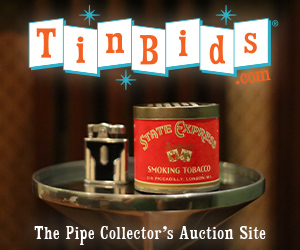




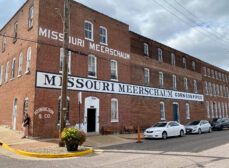


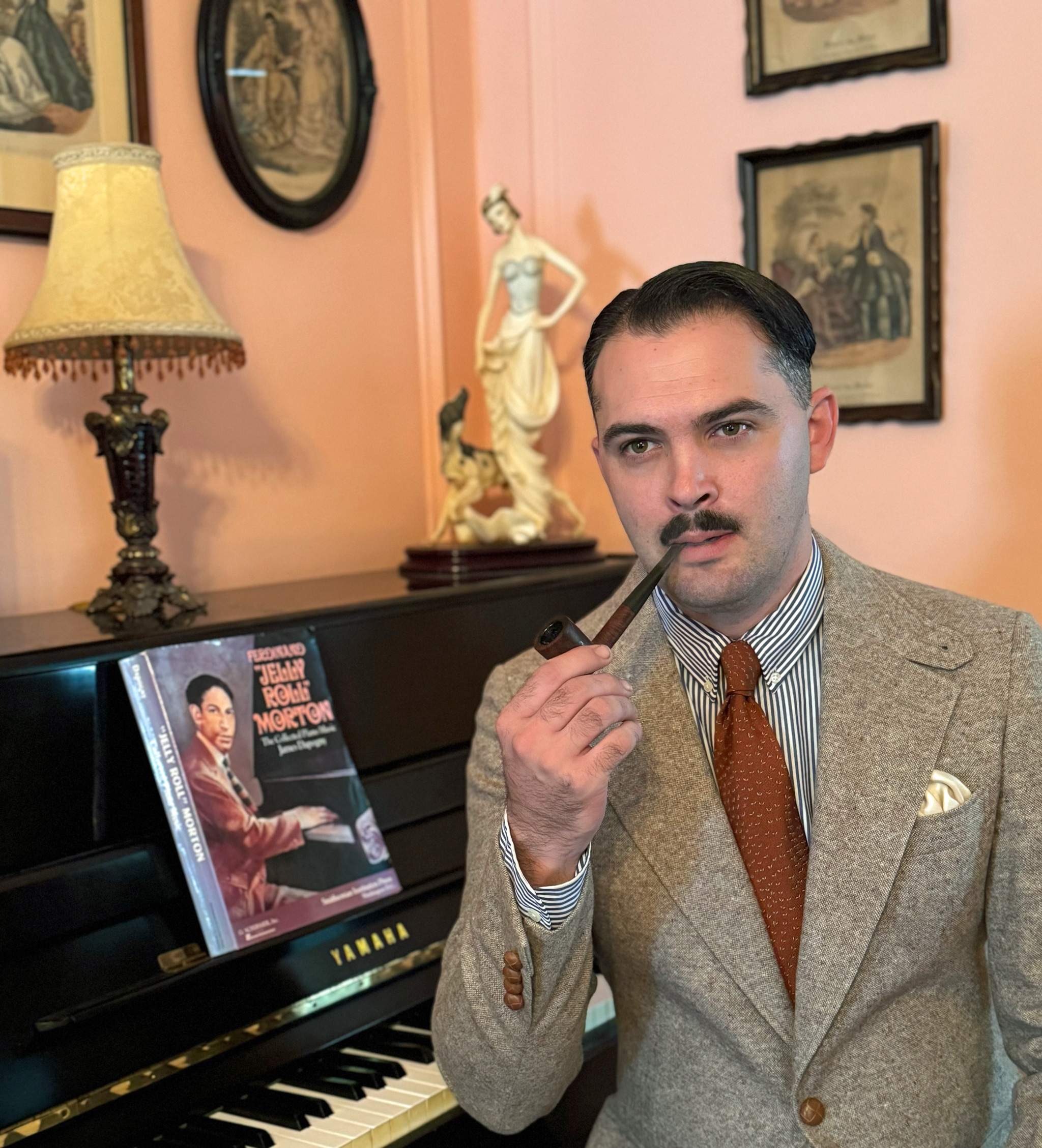
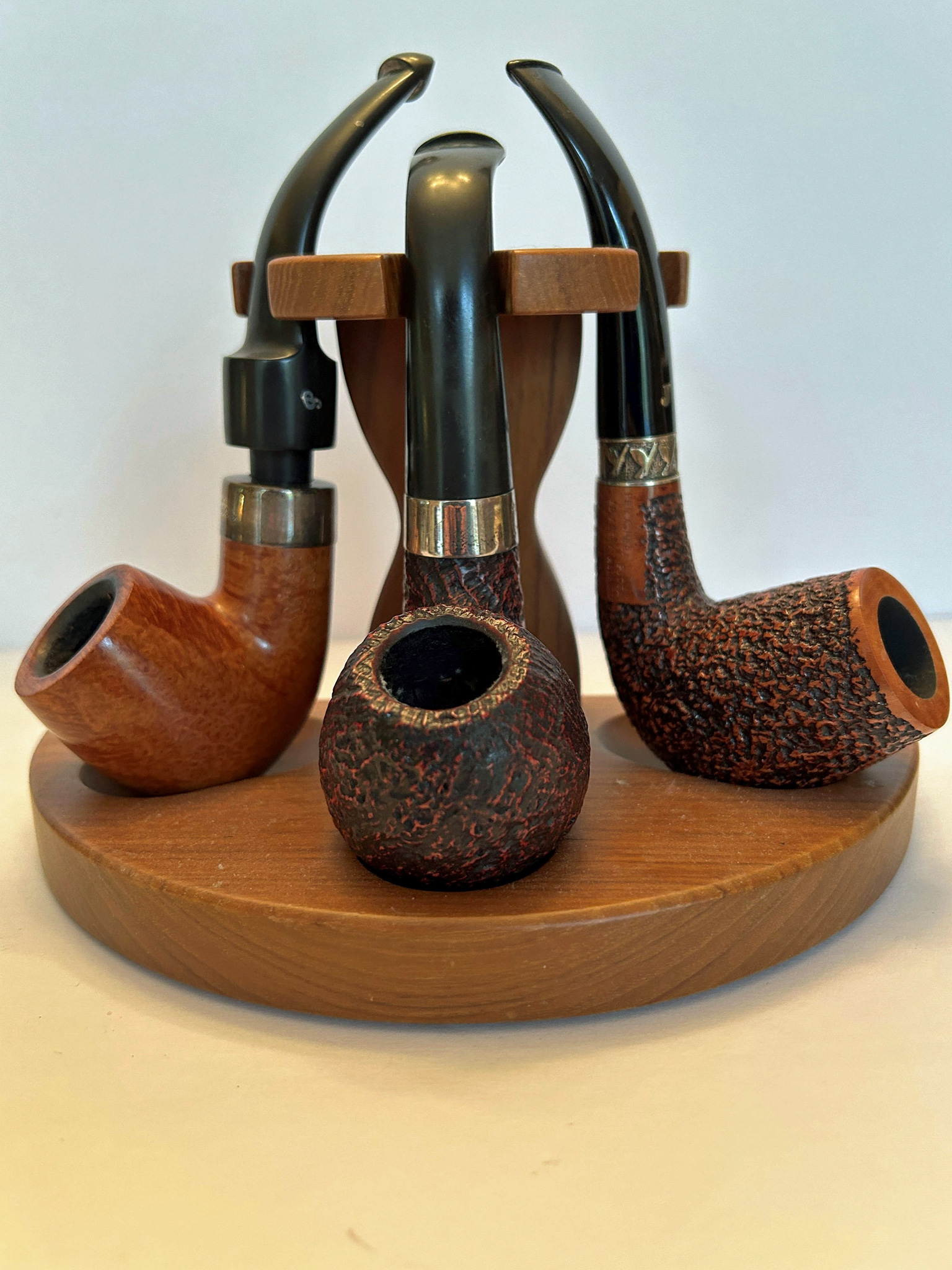
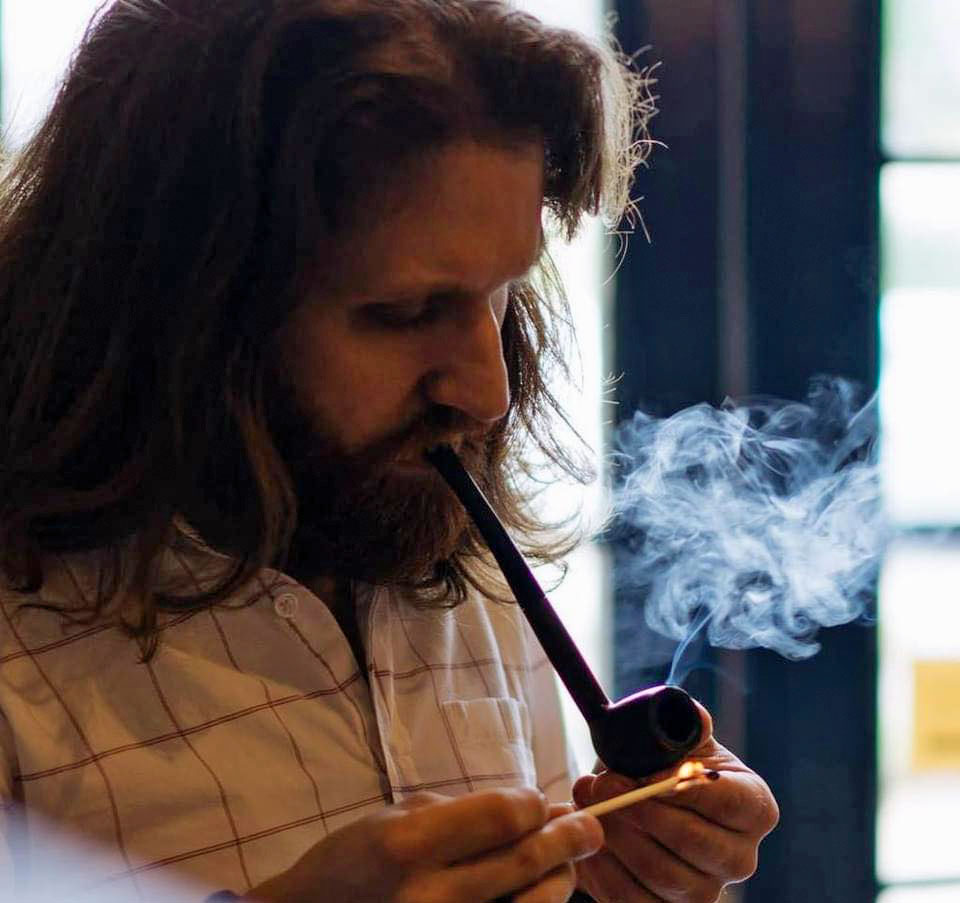
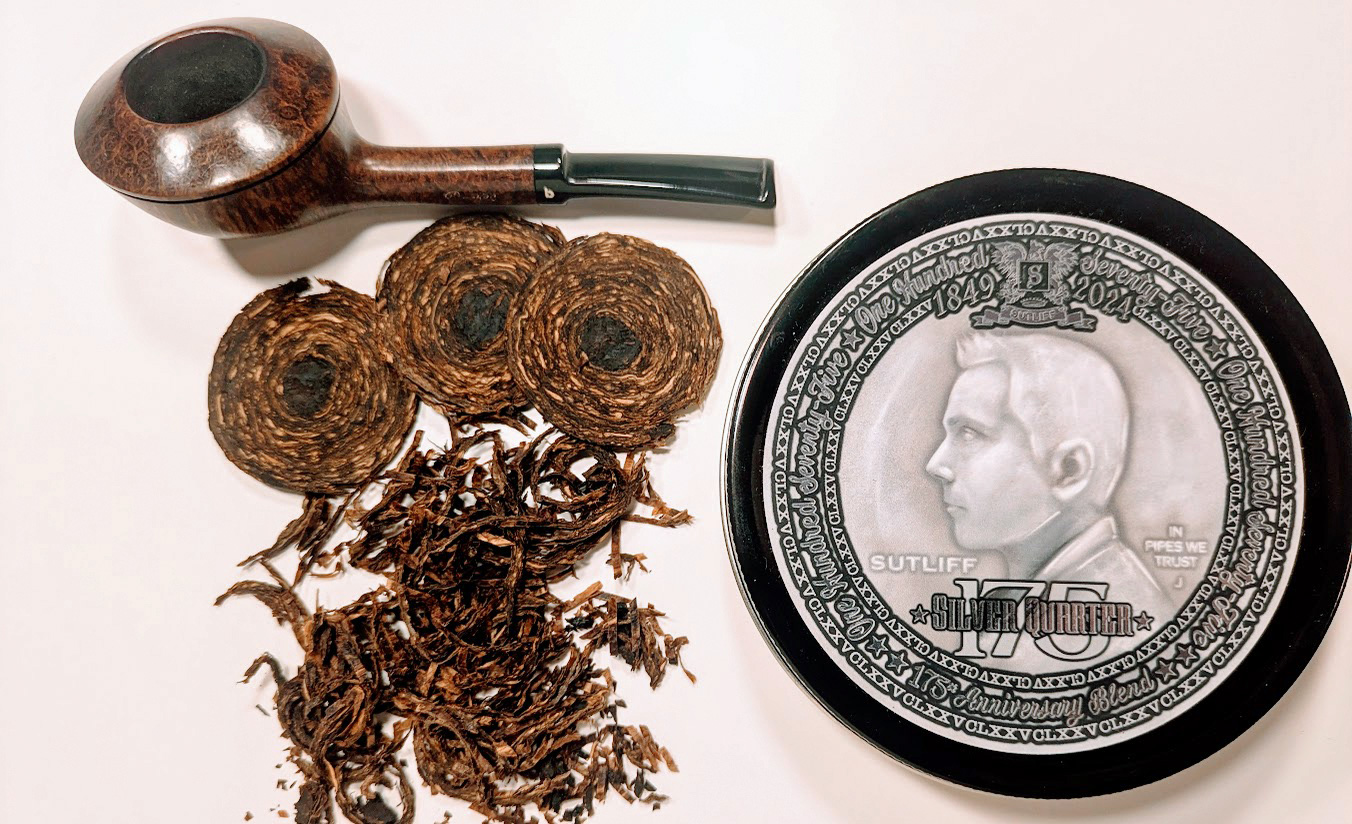
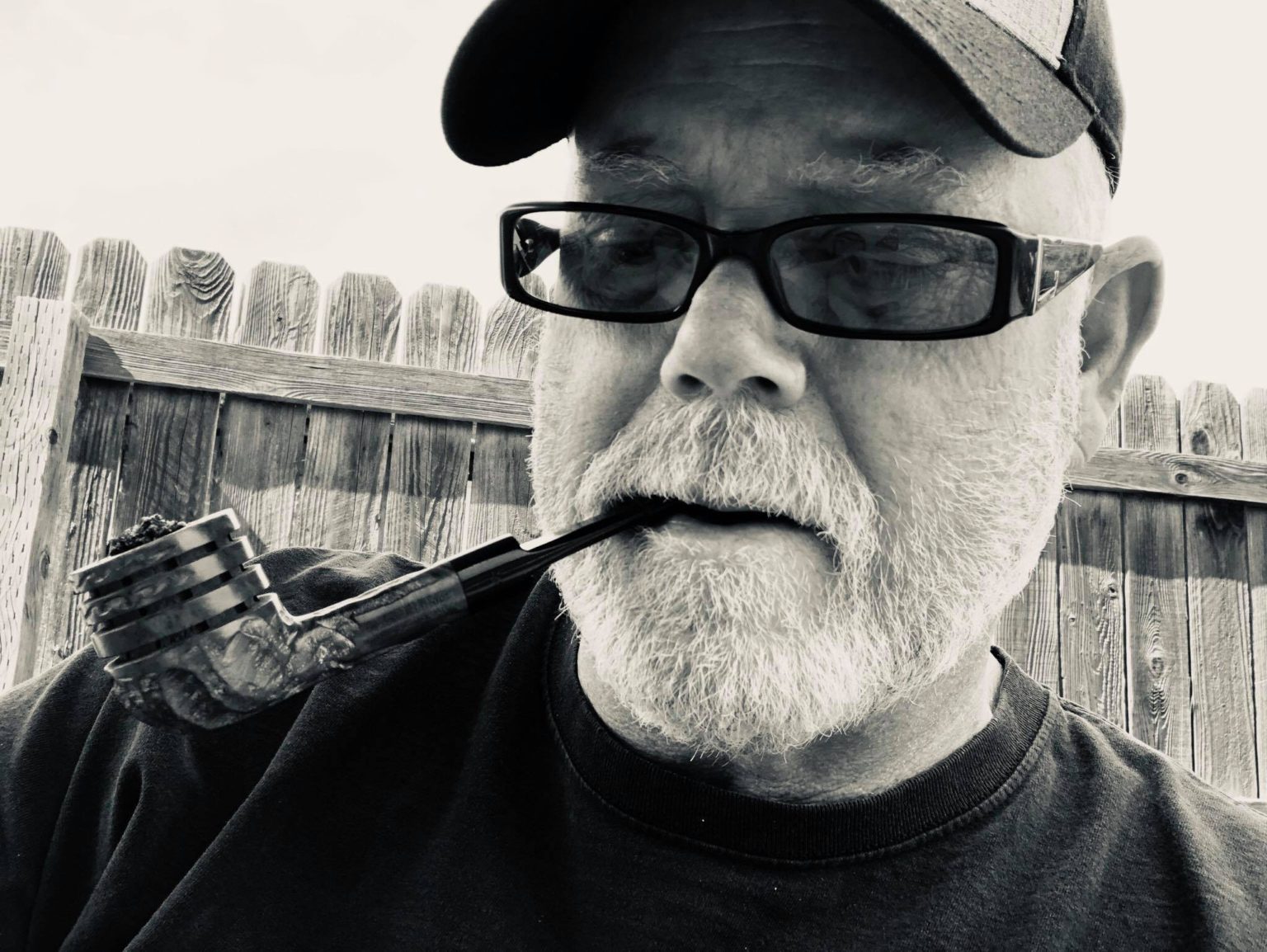




Hey Kevin, just realized your post over on my blog http://www.yahwehssong.com got thrown in the spam. It has now been posted in the comments section. Sorry about that. Loved your article. It was real educating.
Thanks Kevin. I enjoyed your post too:
http://yahwehssong.com/2009/09/03/learning-to-smoke-a-pipe/
My son bought a corncob that I ended up with. I shall try to smoke it more often. I have neglected the cob. I believe Mark Twain bought these pipes by the barrel.
Wow, cool article Kevin!
It doesn’t look like the process has changed all that much since Life Magazine did their photo story back in 1945.
http://blogs.pipetrader.com/TobaccoBarn/archive/0001/01/01/corn-cob-pipe-story-from-life-magazine.aspx
Keep up the good work Kevin!
Ha ha! Thanks Tobacco Barn! And thanks for giving me somewhere to link so people can buy them!
Not a problem. We sell close to 500 corn cob pipes a year and we continue to see a growth month over month. Hopefully this is a good indication that the base of pipe smokers is beginning to grow again!
Greetings from the Blue Grass State! Just wanted to say thanks for your website. My wife won a very nice Dunhill off ebay last December and gave it to me for my birthday. I lost it a couple months later and still haven’t recovered from it. However, in the process of looking for another Dunhill I stumbled upon corn cob pipes, which I already have a few, mainly because my sons kept getting into my good pipes so I let them play with the corn cob pipes to preserve my good ones. Anyway, I found myself becoming quite content with my corn cob pipes and just ordered a General MacArthur straight pipe, plus a few more I saw on ebay. One thing I’m curious about, can I color, stain, or “paint” a corn cob pipe? I haven’t seen anything online about doing that, but I would like to customize mine. That’s why I got the ones on ebay- so I can experiment with decorating them.
Once again, thanks for the great website.
Johnson
Nicholasville, KY
I’ve been smoking a pipe for quite a while now 15 years to be exact I started when I got out of Navy basic. The reason I started smoking a pipe was this old Master Chief smoked one and I kinda wanted to emulate him. Still til this day now being a Senior Chief myself I still remember him giving me my first pipe a Missouri Corn Con and even now I still smoke a Mizz corn cob. Thanks for making a quality product guys
Hallo from Denmark, I was just wandering if anybody know where I can buy a few corn cobs big enough for pipe making, I make pipes as a hobby and the local (Denmark – North Europe) corn cobs don’t grow that big. I read some where that a cob should be close to 2 inches wide. Is that correct?
Best regards, Henrik v. hva@post8.tele.dk